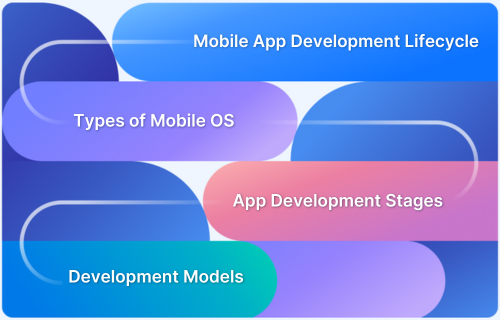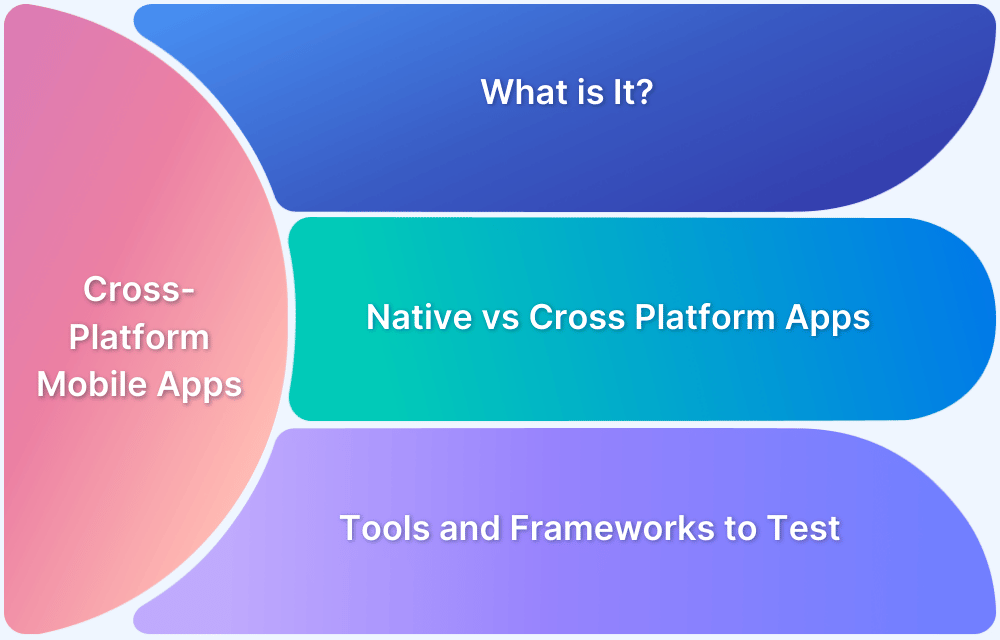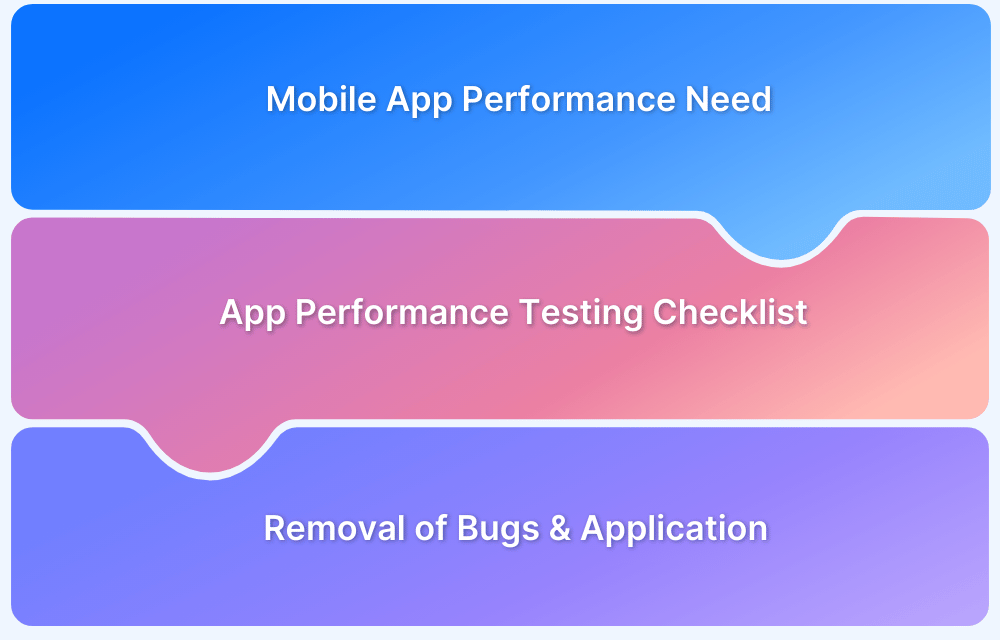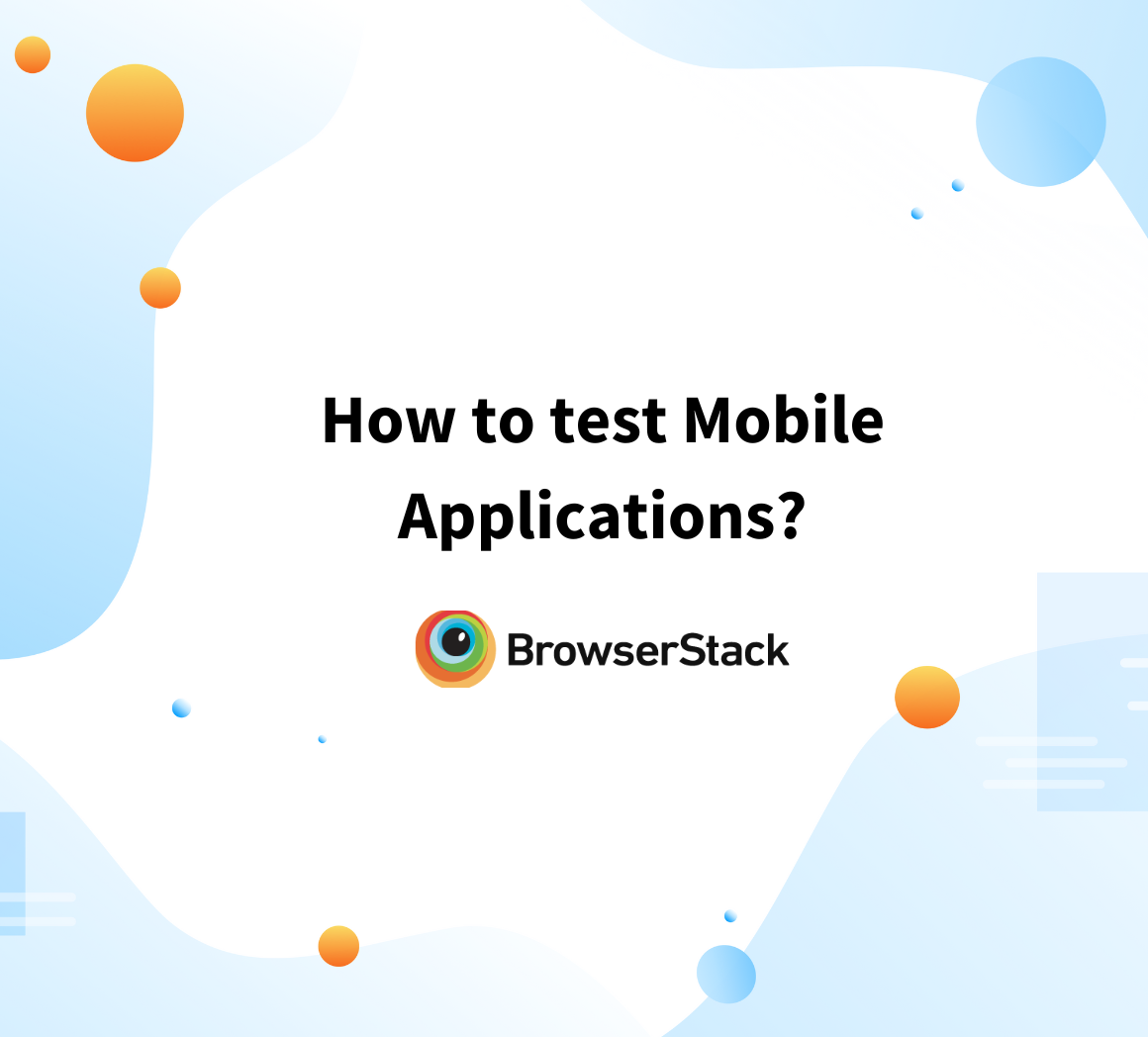Smartphones have become the go-to tool for shopping, managing tasks, and accessing services, and businesses can no longer avoid investing in a mobile app. However, creating a successful app requires a clear understanding of the mobile app development lifecycle.
Overview
The mobile app development lifecycle typically involves multiple stages, including planning, wireframing, feasibility assessment, prototyping, design, development, testing, deployment, and maintenance.
- Ideation and Planning: Define the app’s purpose, target audience, and key features to create a solid foundation for development.
- Wireframes: A visual blueprint that outlines the app’s structure, layout, and navigation flow.
- Technical Feasibility and Back-End Assessment: This phase evaluates APIs, databases, and third-party integrations to ensure the app’s functionality.
- Prototyping: An interactive model that validates design concepts and user experience before full development.
- Design: Focuses on UI/UX to create an intuitive and visually appealing interface.
- Develop: Involves writing code, integrating APIs, and building front-end and back-end functionalities.
- Test: Ensures bug detection, performance optimization, and compatibility across different devices.
- Deploy and Maintain: Includes launching the app and providing regular updates, security patches, and performance improvements.
This guide explains the mobile app development lifecycle in detail so you can create a mobile app from scratch.
What is Mobile App Development?
Mobile application development is the process of building software applications for mobile devices like smartphones and tablets. It involves designing user interfaces, writing code, functional testing, and deploying apps that integrate with device-specific features like GPS, cameras, and sensors to provide seamless user experiences.
Types of Mobile Operating Systems
There are two primary mobile operating systems, Android and iOS. Developers use different tools and programming languages to build apps for each. Additionally, cross-platform development enables developers to build apps that run seamlessly on multiple operating systems using a single codebase.
Android
Android is an open-source platform that runs on a wide range of devices and allows developers to build highly customizable applications. Android app development typically uses Android Studio, the official IDE, along with Kotlin, Java, or C++ and the Android SDK. The apps are then packaged as APKs or AABs for distribution, mainly through the Google Play Store.
iOS
iOS app development involves creating applications for Apple’s ecosystem, including iPhones, iPads, and other Apple devices. Developers use languages like Swift, Objective-C, and Xcode to build apps optimized for performance and user experience. The platform offers robust frameworks and APIs that enable smooth integration with Apple devices and services.
Also Read: A Detailed Guide on iOS App Beta Testing
Cross-platform
Cross-platform app development allows developers to build applications for multiple operating systems, including Android and iOS, using a single codebase. Frameworks like Flutter, React Native, and Xamarin enable faster development, reduce costs, and maintain a consistent user experience without compromising performance or native capabilities.
Read More: How to approach Cross Platform Testing
Importance of Mobile App Development Life Cycle
A well-defined mobile app development lifecycle ensures efficiency, reduces risks, and improves project outcomes. Here’s why it is important:
- Avoids unnecessary rework: A strong understanding of the mobile app development lifecycle helps developers plan efficiently and minimize last-minute changes.
- Helps set realistic timelines: Clear knowledge of each stage allows for accurate deadline estimation and prevents rushed development.
- Prepares for technical challenges: Awareness of potential roadblocks enables developers to address issues early and avoid costly fixes.
- Ensures code maintainability: Following a structured process results in cleaner scalable code that is easier to update and debug.
- Improves collaboration: Understanding the lifecycle helps developers align with designers, testers, and project managers to streamline workflows.
Read More: How to create an ultimate mobile experience
Mobile App Development Lifecycle Explained
The mobile app development lifecycle defines the stages of building a secure, high-performing, and user-friendly application. Here they are.
1. Ideation and Planning
The first step is defining the app’s purpose, target audience, and core features. Conduct market research to identify gaps, analyze competitors, and refine the concept. This ensures the project aligns with both user needs and business goals and reduces unnecessary iterations later.
2. Wireframes
After finalizing the core idea, create wireframes to visualize the app’s structure. These basic, low-fidelity layouts outline screen elements, user flow, and navigation patterns. Wireframes act as a blueprint and help stakeholders and developers align on functionality before moving into detailed design.
3. Technical Feasibility & Back-End Assessment
Before development begins, evaluate technical feasibility. Determine platform compatibility (Android, iOS, or both), assess back-end requirements, and identify necessary APIs or third-party integrations. A strong technical foundation ensures the app’s architecture can support its features without performance issues.
Read More: What is API Testing? (with Examples)
4. Prototyping
To bridge the gap between design and development, create an interactive version of the app (also known as a prototype). This allows stakeholders to test navigation, interactions, and usability. Gather feedback at this stage to refine the design, resolve usability concerns, and confirm functionality before full-scale development starts.
5. Design
With insights from the prototype, finalize the user interface (UI) and optimize the user experience (UX). Define color schemes, typography, button placements, and interactive elements to ensure a seamless and visually appealing design. A well-structured UI enhances usability and engagement and makes it easier for users to interact with key features.
6. Develop
The development stage involves writing code, integrating back-end services, and implementing the app’s core functionality. Developers follow best practices to ensure clean, maintainable code while optimizing performance.
The process is typically divided into front-end (user interface and interactions) and back-end (server-side logic, databases, and APIs). Use regular builds and version control to track progress and catch issues early.
7. Testing
Before release, rigorous testing ensures the app is stable, functional, and free of critical bugs. This includes:
- Functional Testing: Verifies that all features work as intended
- Performance Testing: Ensures the app runs smoothly without lag or crashes, even under high user loads
- Usability Testing: Evaluate the user experience to identify any friction points
- Security Testing: Checks for vulnerabilities that could expose user data
- Compatibility Testing: Confirms that the app functions across different devices, screen sizes, and operating system versions
- UI Testing: Ensures interface elements display correctly and respond as expected across various screen resolutions and orientations.
- Accessibility Testing: Verifies compliance with accessibility standards to ensure the app is usable for individuals with disabilities.
For end-to-end mobile app testing, BrowserStack App Automate provides 3,500+ real Android and iOS devices, including the latest iPhones, iPads, and Samsung Galaxy models. You can replicate real-world conditions by simulating network conditions, biometric authentication, and physical SIM testing to catch and fix issues before they impact users.
Furthermore, you can integrate BrowserStack with CI/CD pipelines and test frameworks like Appium, Espresso, or XCUITest to ensure reliable testing with every build.
8. Deployment and Maintenance
After successful testing, developers package the app for release on the Google Play Store and Apple App Store. This includes generating the final build, ensuring compliance with platform guidelines, and setting up metadata like descriptions, screenshots, and keywords. Once submitted, the app undergoes a review process before becoming available to users.
After launch, developers monitor the app to fix bugs, improve performance, and release updates based on user feedback. Regular maintenance ensures compatibility with new OS versions, security updates, and evolving user needs.
6 Common Mobile Application Development Lifecycle Models
Mobile application development lifecycle models provide a structured framework for planning, building, and delivering software. Each model follows a unique approach and offers specific benefits suited to different project needs.
1. Waterfall Model
The Waterfall model follows a linear approach where each stage must be completed before moving to the next. It ensures well-documented processes but lacks flexibility once development begins.
| Pros | Cons |
|---|---|
| Easy to grasp and manage because of its systematic approach | Inflexible to adjustments once development begins |
| Suitable for projects with specified criteria and schedules | Testing occurs late in the process, potentially delaying issue detection |
| Clear documentation at all stages | Limited client engagement during development. |
Best use cases:
- Projects with defined, unchanging needs
- Small-scale initiatives have fixed budgets and schedules.
- When applying proven technology
2. Agile Model
The Agile model is an iterative and adaptable approach to software development that delivers functional increments while incorporating client feedback. It prioritizes collaboration, flexibility, and rapid adjustments, making it ideal for projects with evolving requirements or continuous updates.
| Pros | Cons |
|---|---|
| Easily adapts to changing requirements throughout development | Requires effective team communication and coordination |
| Promotes ongoing engagement with stakeholders | Requires structured frameworks like SAFe or LeSS for effective scaling in large organizations |
| Faster delivery of functional software in smaller iterations | Less predictable timescales than linear models |
Best use cases:
- Projects with changing or unclear requirements.
- Development of products that require frequent upgrades or revisions.
- Teams prioritising fast delivery and client satisfaction
Read More: Agile vs. Waterfall: Key Differences
3. V-Shaped Model
The V-shaped model follows a structured approach, with each development phase having a corresponding testing phase. This ensures early defect detection and strong validation, making it a reliable choice for projects that require high quality and minimal risk. However, like the Waterfall model, it lacks flexibility for mid-project changes.
| Pros | Cons |
|---|---|
| Early test planning improves quality assurance | The rigid structure makes it impossible to change mid-project |
| A clear structure allows for easy tracking of progress and outcomes | Requires thorough testing at each level, making it time-consuming |
| Ideal for projects that require great reliability | Not appropriate for complex or large-scale projects |
Best use cases:
- Projects with steady and well-defined requirements upfront
- Reliability is a major consideration for systems that require extensive testing and validation, such as those in healthcare or aerospace.
4. Iterative Model
The iterative model creates software in repeated cycles and improves the product with each iteration. This means teams develop a working version early instead of waiting for a complete product and refine it based on user feedback.
| Pros | Cons |
|---|---|
| Allows continual refinement based on input from previous versions | Risk of scope creep if iterations are not properly handled |
| Reduces the initial delivery time by focusing on key functions initially | May necessitate more resources than linear models |
| The flexible technique that allows for adjustments during development | Unless adequately designed, repeated cycles might result in inefficiencies |
Best use cases:
- Large-scale initiatives whose requirements change throughout time
- Products needing frequent refinements, such as SaaS applications or evolving customer-facing tools.
- Early delivery of a functional product is vital.
5. Spiral Model
The Spiral model combines iterative development with an emphasis on risk assessment at each level. It is designed for high-risk or complex projects where early risk assessment is crucial. While highly flexible, it demands significant resources and expertise, making it less suitable for smaller-scale applications.
| Pros | Cons |
|---|---|
| Incorporates early customer feedback to improve product alignment with needs | Complex procedures requiring specialized teams for risk analysis and management |
| Flexible enough to accommodate modifications throughout the procedure | High complexity and overhead make it impractical for small teams or straightforward projects |
| Focus on risk management minimizes the likelihood of catastrophic project failures | Not suitable for low-risk or basic applications |
Best use cases:
- Large, high-risk undertakings with unknown requirements from the outset
- The development of mission-critical systems necessitates significant risk management
- Projects require regular stakeholder involvement and feedback.
6. DevOps Model
The DevOps model brings together development and operations teams to improve cooperation, automation, and continuous delivery. It relies on automation and close collaboration to streamline the software release cycle and ensures faster and more reliable updates.
| Pros | Cons |
|---|---|
| Increases deployment frequency using automation technologies | Requires organizational shift, robust CI/CD pipelines, and security automation for effective adoption |
| Improves coordination between development and operations teams | Implementation might be difficult for large organizations without the necessary tools |
| Enables faster feedback loops through continuous integration and delivery | Requires investment in automation technology |
Best usage scenarios:
- Organizations looking to increase deployment frequency.
- Projects that require rapid iterations and feedback.
- When attempting to minimize time-to-market for new features.
Conclusion
A well-structured mobile app development lifecycle ensures an app meets user needs and business objectives. Each phase, from planning to maintenance, is essential to build a secure, high-performing, and user-friendly application. Testing, particularly on real devices, is important to detect performance issues, compatibility concerns, and user experience flaws before launch.
BrowserStack App Automate provides access to 3,500+ real Android and iOS devices and enables teams to test mobile apps under real-world conditions. With features like parallel testing, real device cloud access, and seamless CI/CD integration, BrowserStack ensures your app delivers a flawless experience across different devices, OS versions, and network conditions.





